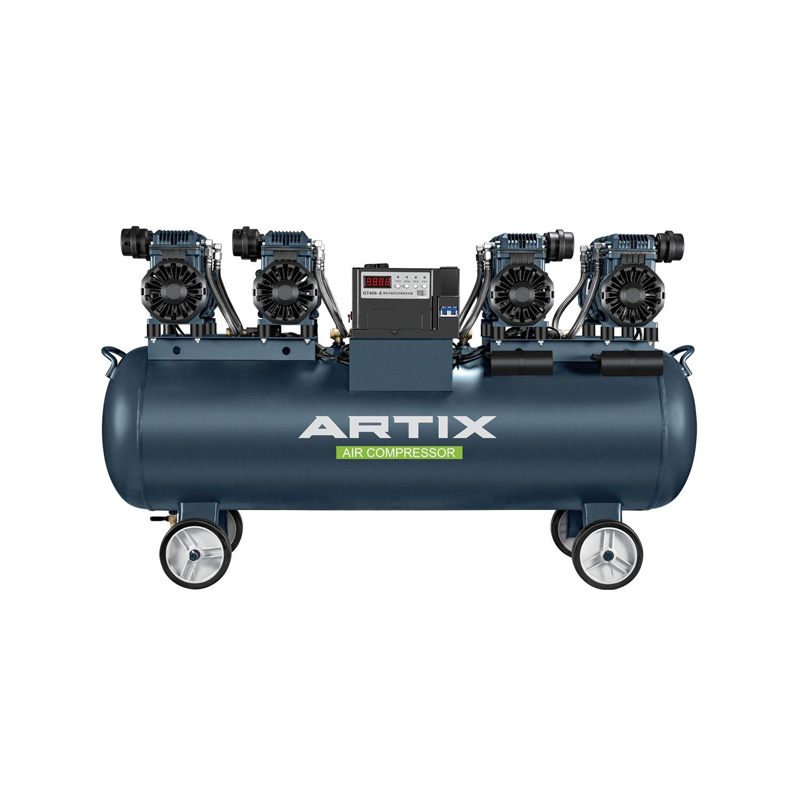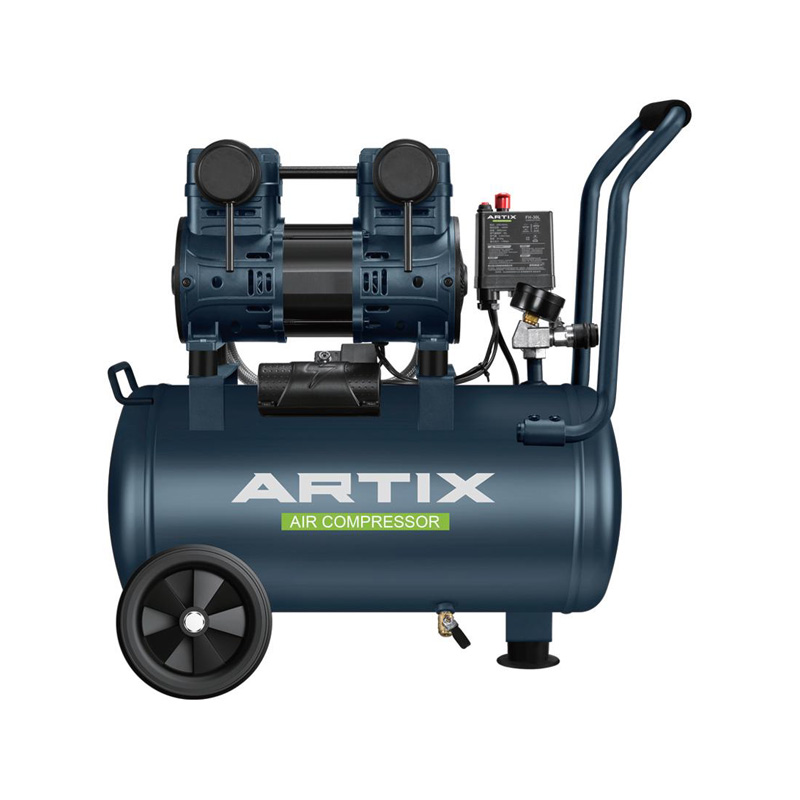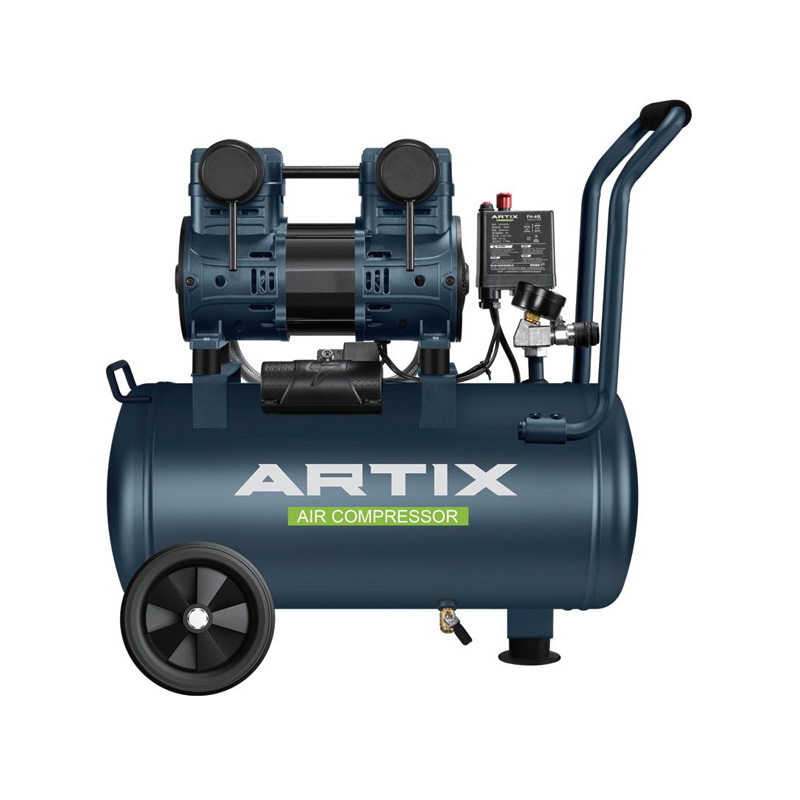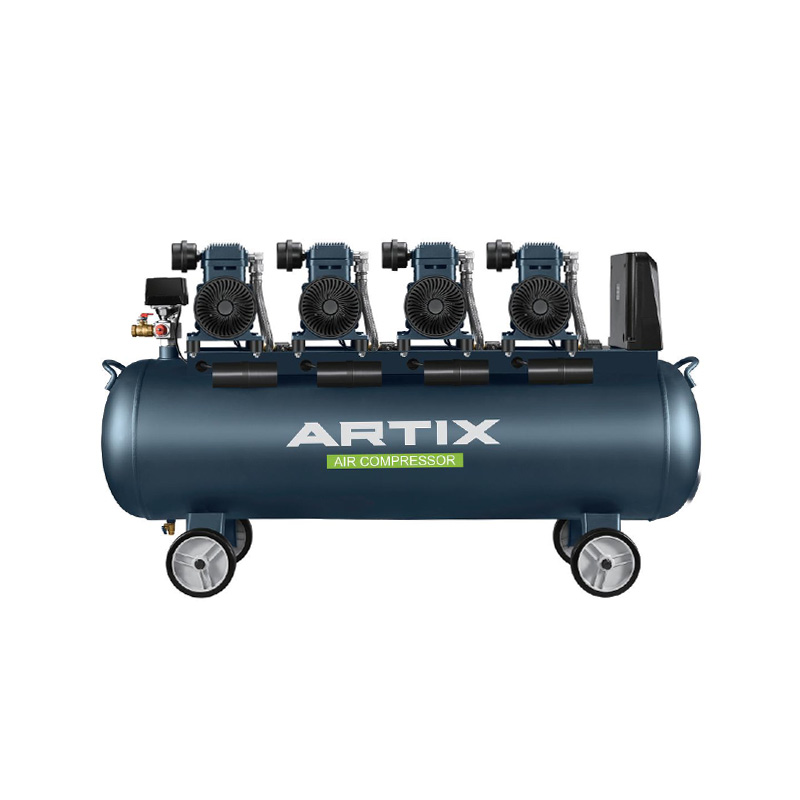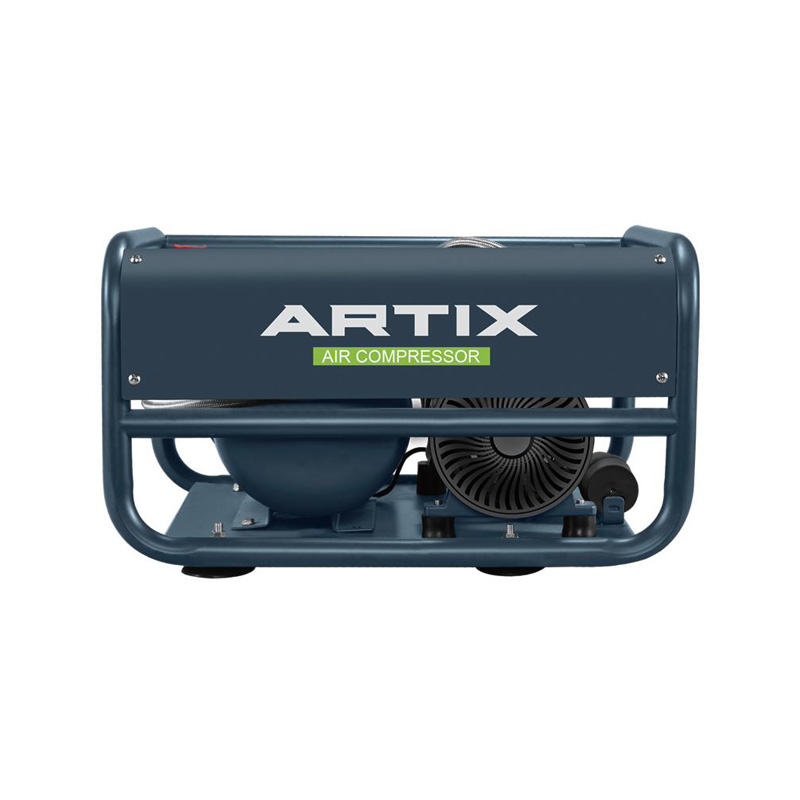In industries requiring clean, uncontaminated air, many decision makers consider using an Industrial Oil Free Air Compressor to avoid any risk of oil carryover. But once you commit to oil-free technology, the next question becomes: which drive architecture is ideal? That’s where Direct Driven Air Compressors come into play — by coupling the motor directly to the compression element, they promise fewer losses, simpler mechanics, and potentially lower costs. But are they in fact better when paired with oil-free systems?
What Makes Direct Drive Attractive for Oil-Free Systems?
Efficiency Gains with Fewer Losses
Because Direct Driven Air Compressors eliminate belts, pulleys, or intermediate gearboxes, mechanical transmission losses are minimized. Every link you remove from the power train is one less source of friction, slippage, misalignment, and energy waste. This improves the net mechanical efficiency of the system. In an oil-free configuration, where purity is already a premium, preserving energy becomes even more important. Many sources emphasize that direct drive reduces power transmission losses and thus enhances overall system efficiency.
Reduced Maintenance Complexity
With fewer moving parts, the maintenance burden is lighter. Belt systems require periodic replacement, tension adjustment, alignment checks, and spare parts inventory. In a direct drive setup, many of those tasks disappear, reducing downtime and simplifying preventive maintenance. This aligns well with oil-free systems’ philosophy of minimal contamination risk and clean operation.
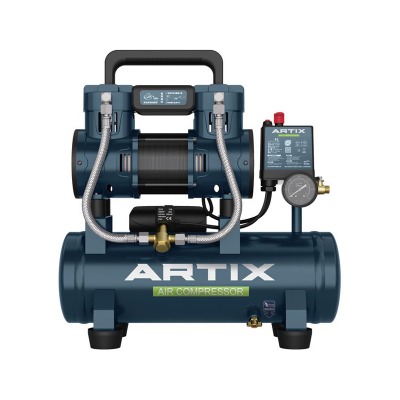
Cleaner Operation & Noise Reduction
Because you remove belts and their vibrational sources, direct drive setups tend to transmit less mechanical noise and vibration into the system. For sensitive production environments (e.g. cleanrooms, laboratories), this can be a material advantage. Also, fewer components means fewer surfaces that may shed particles or require lubrication, which helps maintain a cleaner operational environment.
Compactness & Integration Flexibility
Direct-drive systems often require less lateral space because there’s no belt run length or pulley structures. This compactness can make installation easier, especially in constrained mechanical rooms or retrofit projects. It also allows better alignment tolerances and modular design flexibility.
Ideal Practices to Make It Work Well
To maximize the benefits and avoid pitfalls when combining Industrial Oil Free Air Compressor with Direct Driven Air Compressors, consider the following ideal practices.
Precision Foundation & Mounting
Use a rigid, leveled base, with vibration isolation where needed. Ensure the motor and compressor housings maintain alignment under thermal expansion and load.
High-Quality Couplings
Select flexible or low-backlash couplings that accommodate minor misalignment and thermal changes, while transmitting full torque rigidly.
Alignment Monitoring
Periodically check alignment (e.g. with laser alignment tools) to detect drift over time. Misalignment is a major failure mode in direct coupling designs.
Vibration Damping & Isolation
Use vibration mounts or damping pads to reduce the transmission of small vibrations into the surrounding structure.
Load Matching & Control Strategy
Pair direct drive with variable speed drives (VSD) or smart control to match compressor output with demand. Avoid wide idle times or extreme load swings.
Scheduled Inspection
Even though many maintenance tasks are eliminated, inspect bearings, couplings, temperature, and vibration periodically — especially early in the operational life.
Redundancy & Modularity Design
In larger systems, consider splitting capacity across multiple direct drive units so that maintenance or failure of one does not cripple the entire compressed air supply.
Protective Seals & Barriers
Ensure that air inlets, bearings, and coupling housings are protected from contaminants, dust, and external chemicals, preserving the purity standard of the oil-free system.
